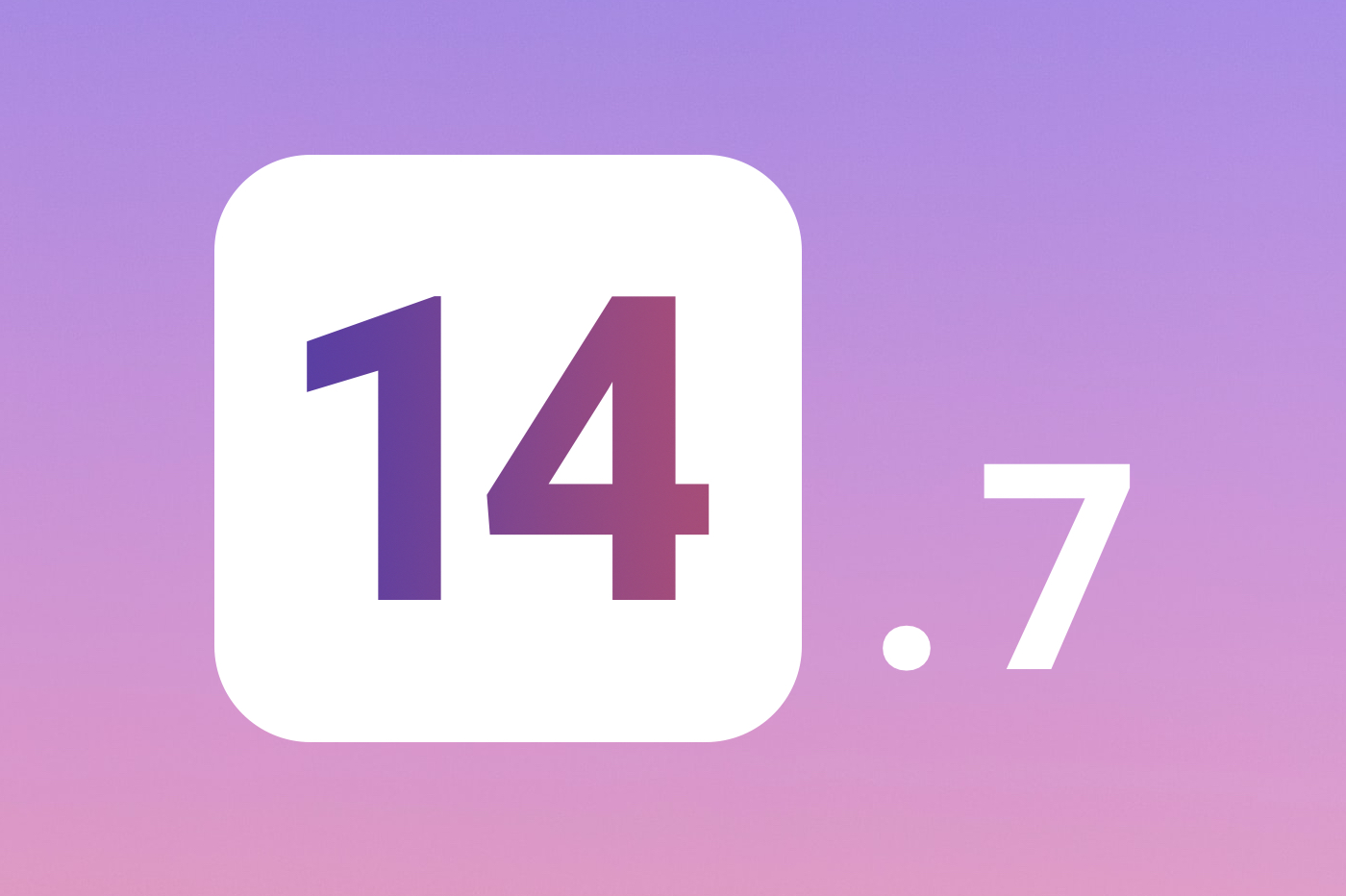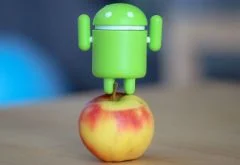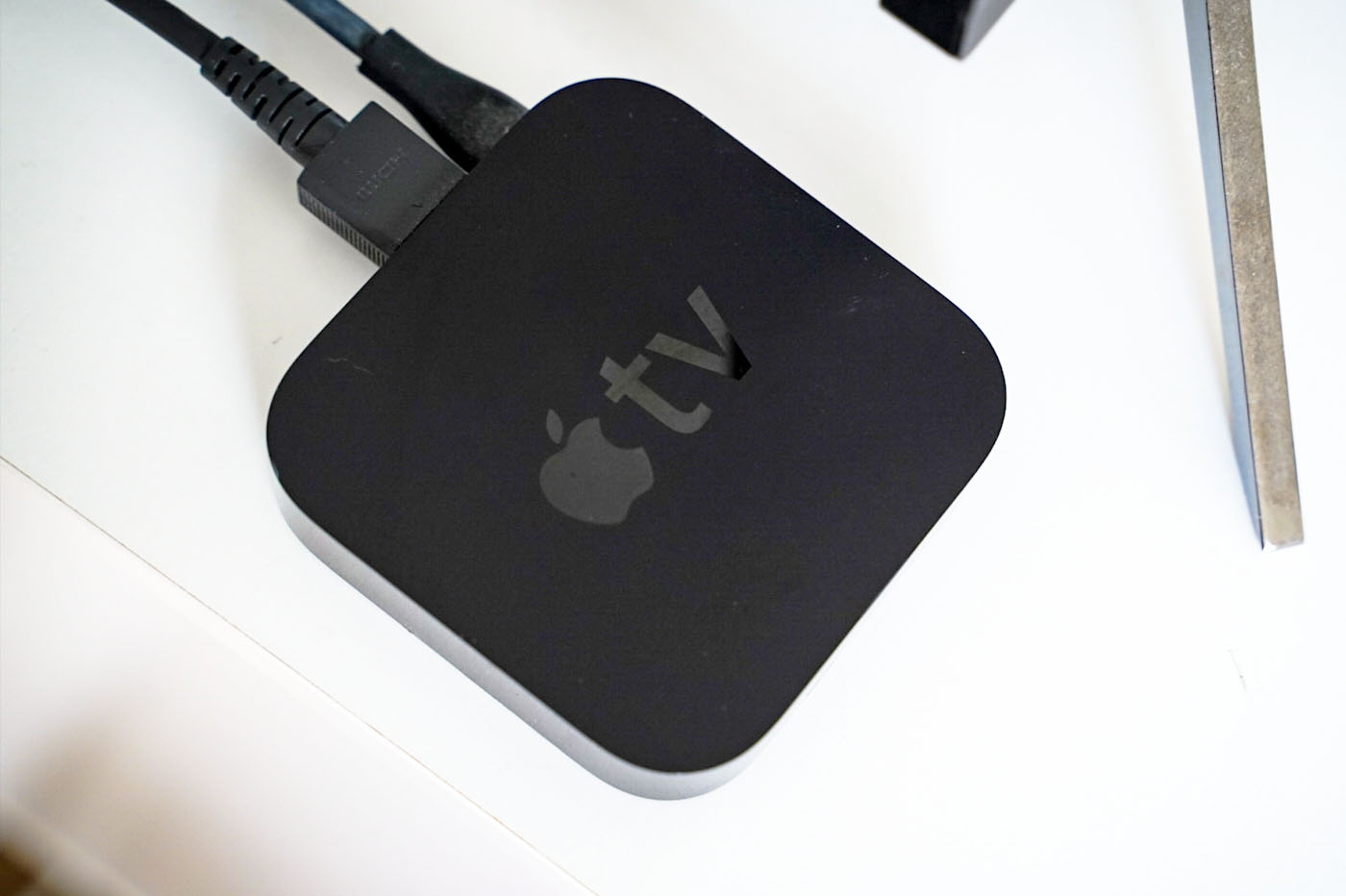This week, Apple made headlines witha warning on its results for the last quarter, on aseen this in detail in this article. Among many factors explaining lower iPhone sales than last year and than initially estimated, there is arenewal now less frequent.
This is a proven and verified fact,especially here: the smartphone renewal cycle haslying down in recent years. On the iPhone side, this is obviously the case with more and more users whokeep the same machine for 2 or 3 yearsor more!
At the same time, Apple participated in creating this paradigm shift, whether voluntarily or not. Here is7 reasonswhich now push us to keep an iPhone longer than a few years ago:
iOS 12 revives iPhones, even old ones
Version 11 of iOS has been widely criticized. In particular, it was subject to various bugs, right from its launch. On older iPhones, it also slowed down the use of different apps and features. But Apple has not turned a deaf ear. Version 12 of iOS released in 2018 gave a newboostto the iPhone while remaining compatible with machines supporting iOS 11. And with various supporting tests,like this one,she allowediPhone 5S and 6 in particular, but also to the iPad mini 2, to find a second youth. So, obviously, if your iPhone works without a hitch, why change it?
- Find all the iOS 12 news here
- And our complete page on the latest version of the Apple operating system there
Replacing batteries costs less
Throughout 2018, Apple offered aspecial discounted iPhone battery replacement program. Models 6 and newer were affected after Apple restricted the processors on iPhones with worn batteries.
Throughout the year, battery replacementonly cost 29 euros, instead of 89 euros previously for this type of change.
Since January 1, 2019, Apple has appliednew pricesfor iPhone battery change,as seen here:69 euros for an iPhone X or newer, 49 euros for an older model.
However, the battery is the only component that really wears out in a few years, without being able to do anything about it. It is a consumable and is increasingly treated as such. An affordable price for changing a battery obviously encourages users to carry out this operation. It is at the same timemore economicalcompared to purchasing a new machine, and more environmentally friendly.
The iPhone lasts over time
The iPhone is a solid machine. Aside from the battery, as seen above, there is little chance of other components breaking over time, except in the event of a very bad fall. The case is inaluminium, a material that is stronger than plastic. And then for a few generations of iPhone,waterproofingis there andvery effective, as seen during different tests,including this one.
Finally, Apple equips its iPhones with in-house chips, the Ax processor series. These are particularly powerful and especially optimized with iOS. This allows them to be used to their maximum capacity and to last over time, even as iOS changes.
A design and hardware renewal cycle that is getting longer
Theoretically, Apple was still operating on a two-year renewal cycle for the design of its iPhones. Thus, since the iPhone 4, one year saw the release of an S model, the other year a model with a new number. But in reality, the design of the iPhone hasvery little changed from model 6 to model 8, i.e. over 4 years.
This should also be the case for the iPhone X, released in 2017. Its design is already identical to the 2018 iPhone XS andas announced there.
As for on-board technologies, the principle is similar. Major changes do not happen every year, but over a much slower cycle, of 2 or 3 years. All this obviously does not encourage you to change your iPhone very often.
Capacity now sufficient for the majority: photos, storage, internet
More than 10 years after the first iPhone, revolutionary in its time, we have today reached a point where, in terms of storage, photo capacity, or raw power, the needs are covered.
For a majority of users, those with traditional uses: Internet connection, office automation, games, photos of family or friends, the reasons which could previously prompt them to change models are nowless and less strong. Progress on these different aspects turns out to be much less obvious from year to year.
A price that became visible with the end of operator subsidies
Another factor limits the renewal of our smartphones: the end of “operator subsidies”. A few years ago, many iPhone users and owners were tied to their operator, paying in their planboth communications and smartphone, often over 24 months. The purchase of the machine was bothspread over several months and subsidized by an operator who kept the customer captive. The price of the new iPhone was both spread and reduced, which masked its true price.
But since non-binding plans have become the norm, subscribers buy their machine independently of the plan: the price is then paid and visible at once. We then take a closer look at our purchase, on aiPhone for almost 1,000 eurosin particular, when it is paid in one go, or when its price is integrated into a monthly operator subscription.
Awareness of the real price undoubtedly having an impact on the desire to keep this iPhone for longer which required areal investment.
More and more expensive iPhones
The iPhone, or at least the most high-end models, cost a little more every year. This is a trend printed by Apple well shown on thischart.
The symbolic bar of 1,000 euros has been largely crossed since 2017 and changing iPhones regularly is in demanda real financial effort. So obviously, by keeping your iPhone longer, you can alsosave for longerand at the same time,amortize the cost of your initial purchase.
And you, are you keeping your iPhone longer than before? If yes, for what main reason(s)? Price, satisfaction with the current model, other?

i-nfo.fr - Official iPhon.fr app
By : Keleops AG






